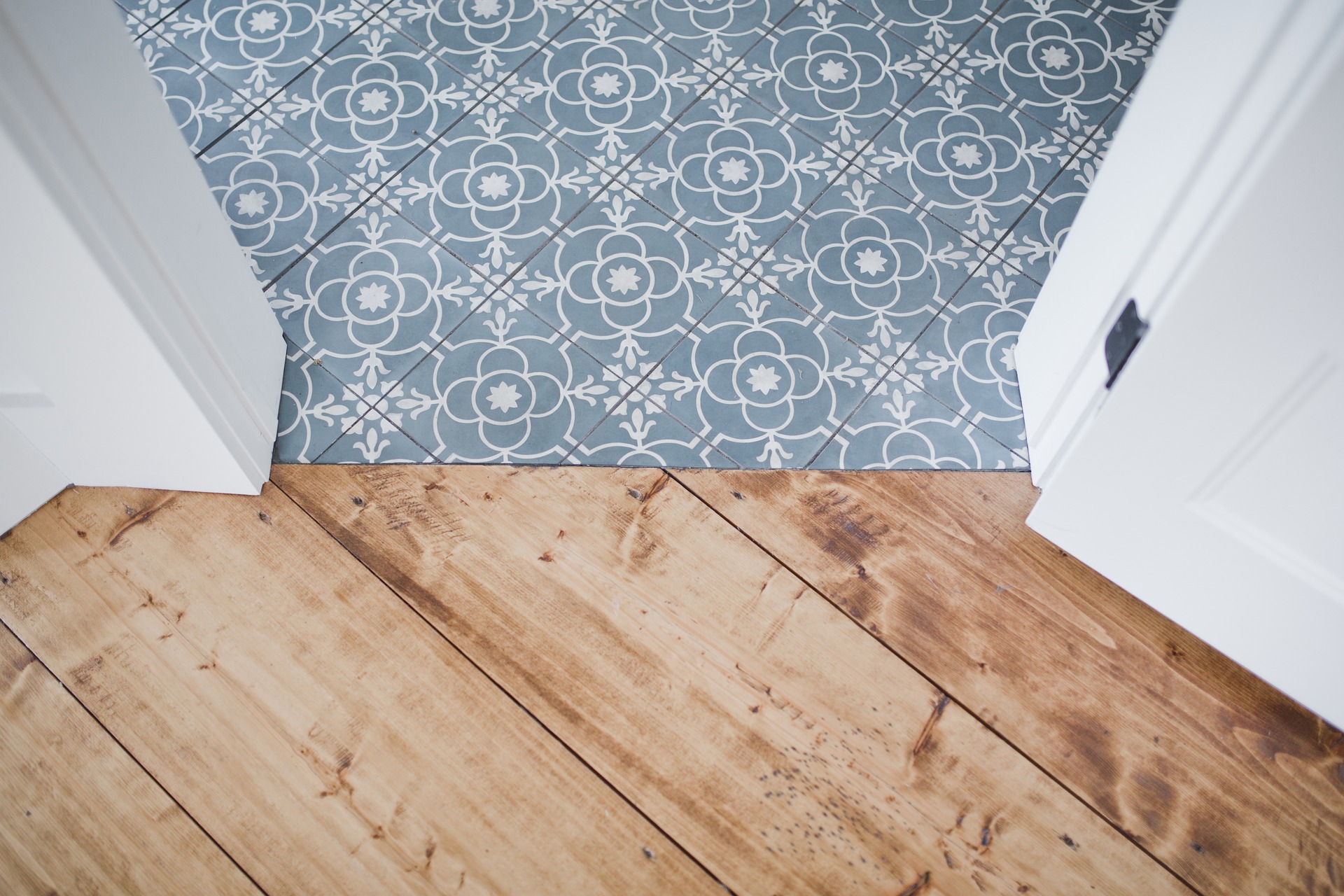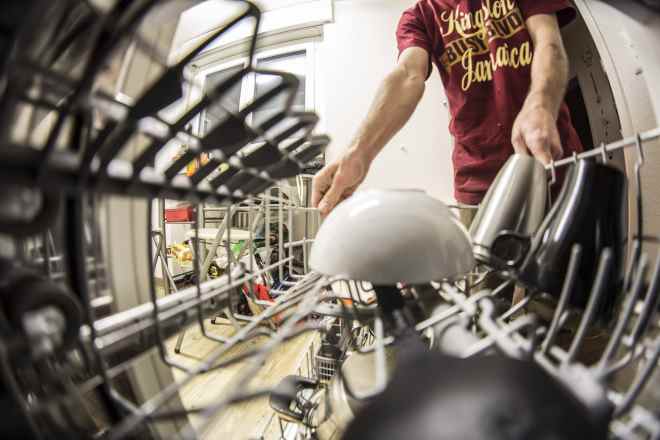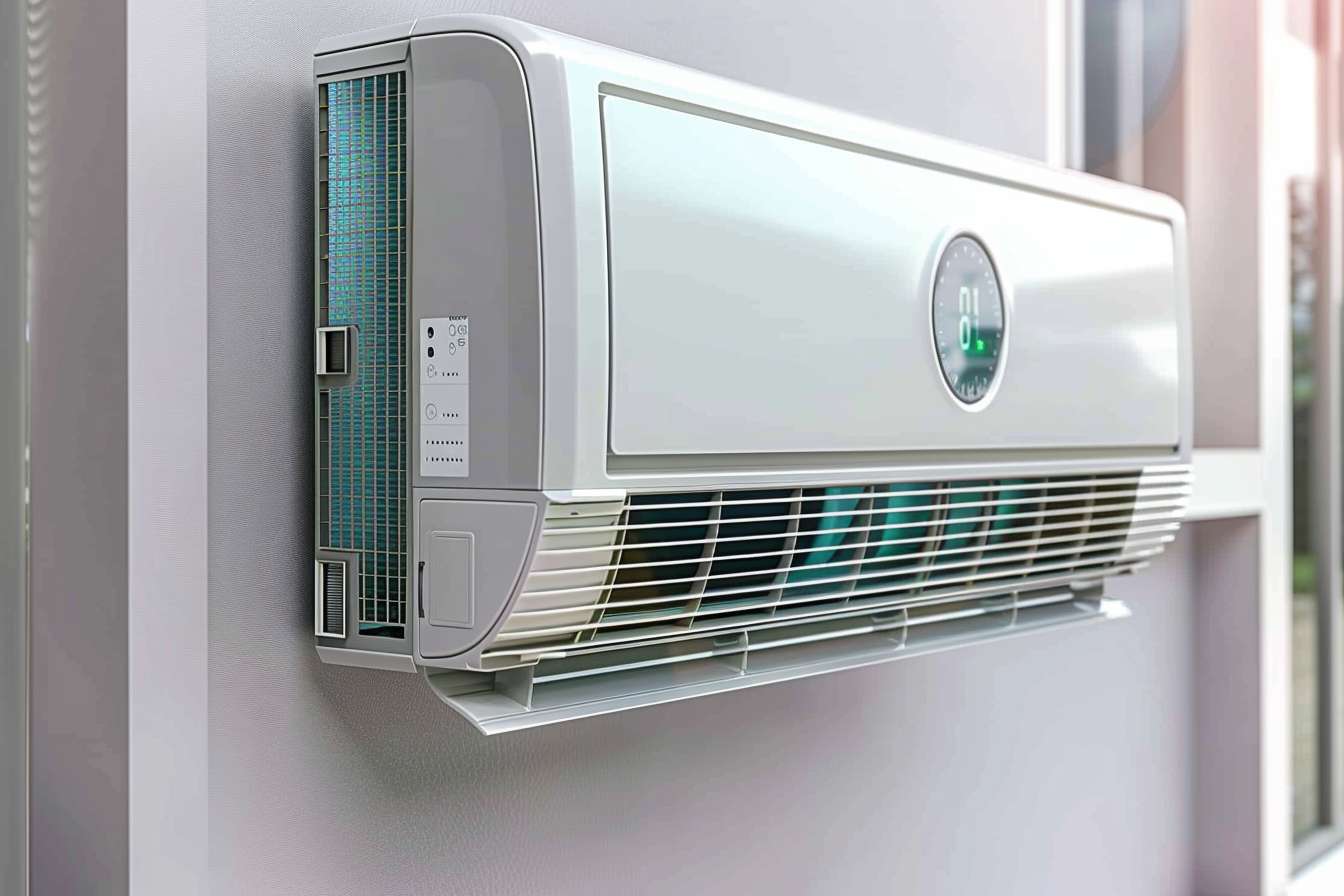Reimagining Spaces: The Rising Popularity of Multifunctional Home Design
Introduction: In our ever-evolving digital era, space is not just a physical concept anymore. It's an extension of our lifestyle, personality, and creativity. Multifunctional home design is redefining how we perceive and utilize space, offering innovative solutions for modern, compact living.

The Genesis of Multifunctional Space Design
The concept of multifunctional space design traces its roots back to the mid-20th century when architects and designers began challenging traditional notions of space. The advent of urbanization and the increasing demand for compact living spaces necessitated a shift towards more flexible, versatile designs. Fast forward to the present day, multifunctional design has emerged as a natural response to our fast-paced, dynamic lifestyles.
Current Trends in Multifunctional Home Design
Today, multifunctional design is reshaping the aesthetics and functionality of modern homes. Rooms are no longer limited to a single purpose but are designed to serve multiple functions. For instance, a home office can double up as a guest room, a kitchen can serve as a dining area, and a living room can transform into a workout space. This trend is not only a testament to our evolving lifestyles but also a reflection of our growing consciousness towards efficient space utilization.
The Practicality and Market Trend of Multifunctional Design
Multifunctional design’s practicality lies in its ability to maximize space while accommodating various activities. It’s a cost-effective solution for small homes, apartments, and urban dwellings where space is a premium. Market trends indicate a growing demand for multifunctional furniture and design concepts. According to a study by Allied Market Research, the global space-saving furniture market is expected to reach $9.6 billion by 2026.
Enhancing Daily Living Through Multifunctional Design
Multifunctional design enhances daily living by creating flexible, adaptable spaces that cater to our diverse needs. It encourages us to think creatively about space and how we use it, promoting a sense of freedom and flexibility. Multifunctional spaces can also foster a more organized, clutter-free environment, contributing to our mental well-being and productivity.
The Future of Multifunctional Design
As we continue to adapt to changing lifestyles, the demand for multifunctional design is likely to grow. Technological advancements may further enhance this trend, integrating smart, adaptable solutions into our homes. As we navigate the future, multifunctional design will continue to shape our perceptions of space, redefining how we live, work, and play.
In the world of home design, multifunctionality is not just a trend—it’s a revolution. It’s about reimagining spaces, redefining functionality, and reinventing our lifestyles. As we embrace this new era of design, our homes become more than just a place to live—they become an extension of who we are.




